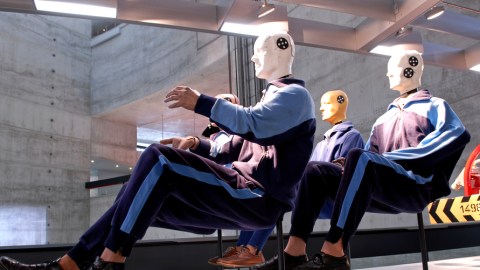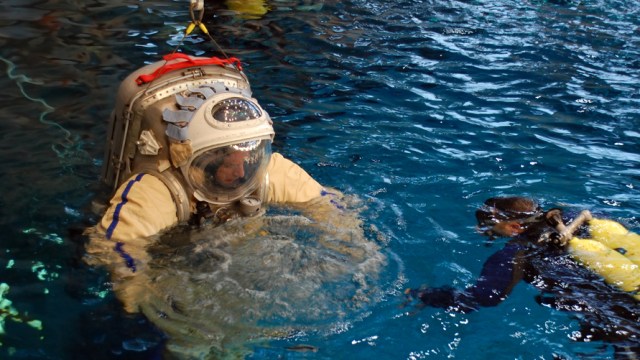Automobile Crash Tests Are Going Digital

There’s a neat piece up now over atWired about how General Motors employs computer-simulated crash tests to build safer cars. Not only is it cheaper to crash fake cars in a simulation than it is to smash real cars in a warehouse, but also the precision and various intricacies of the digital setup allow engineers an assortment of unique opportunities. For example, computer simulations allow for quick design tweaks when minor issues show up in the crash results. When every piece of plastic in a car is accounted for in a simulation, it’s easy to spot weaknesses and design remedies.
Another perk is the ability for engineers to run different simulations for region-specific car designs. This saves a lot of money and frees up time and resources for other tasks. If the regulatory bar in Japan is different than it is in Australia, GM doesn’t have to go to the trouble of building multiple prototypes for each market.
This isn’t to say that the traditional crash test is going to vanish anytime soon. No one is about to let GM sell a car that hasn’t been tested in real-life scenarios. The takeaway here is that the company’s technology has reached a point where it can run fewer physical tests without sacrificing safety. In fact, running fewer physical tests allows them to improve safety as it opens a new lens through which to examine the intricacies of high-speed destruction.
Read more at Wired.
Below, Big Think expert Peter Diamandis discusses future efforts to make auto travel safer:
Photo credit: Maurice Volmeyer / Shutterstock





